Tyson Fury is making headlines again ahead of his WWE debut against Braun Strauman on October 31st. The Heavyweight has surprised many with his boxing performances since his comeback in June 2018, with some fans doubting the Gypsy King could return to his best after ballooning up to 27.5 stone (385lbs) during his time out of the sport.
But a split-decision draw with WBC champion Deontay Wilder in December last year convinced many he could fight his way back to the top of the division.
In his last bout against Otto Wallin in September, Fury weighed in at 154lbs.
Here’s a look at how he lost the weight.
Diet
Having admitted to binge eating after long nights out, Fury needed to seriously address his diet. Greg Marriott, his nutritionist, put the fighter on the ketogenic diet - a low-carb, high-fat regime to encourage the body to burn up its fat supplies for energy. By eating in this way, Fury was still losing weight despite consuming 3,500 calories a day over seven meals.
Training
The boxer had to keep his training light in the early stages of his comeback due to the lack of carbs in his diet. He was doing a lot of shadow boxing and a lot of running to assist the fat-burning process. Only four months before his comeback fight did Fury begin sparing again, and took a black eye early during a practice bout against Dave Allen.
Environment
Fury has been extremely open about his battles with mental health and the lack of motivation he felt at his lowest points. So when returning to the sport, he needed to get back to enjoying himself in the gym. His new trainer, Ben Davison, has ensured that’s been the case.
The pair see eye-to-eye on boxing matters and get on outside the ring too.
Davison even lived in a spare room at Fury’s family home in Morecambe for 14 months. Speaking to The Telegraph in June, Davison said: “The biggest thing that I’ve taken from our relationship is that he [Fury] needs training, routine and structure. If there’s anything I’ve helped him find over this journey it’s that.
“He knows what his needs and wants are, and there’s a difference between those. That means more to me than any wins of any sport.”


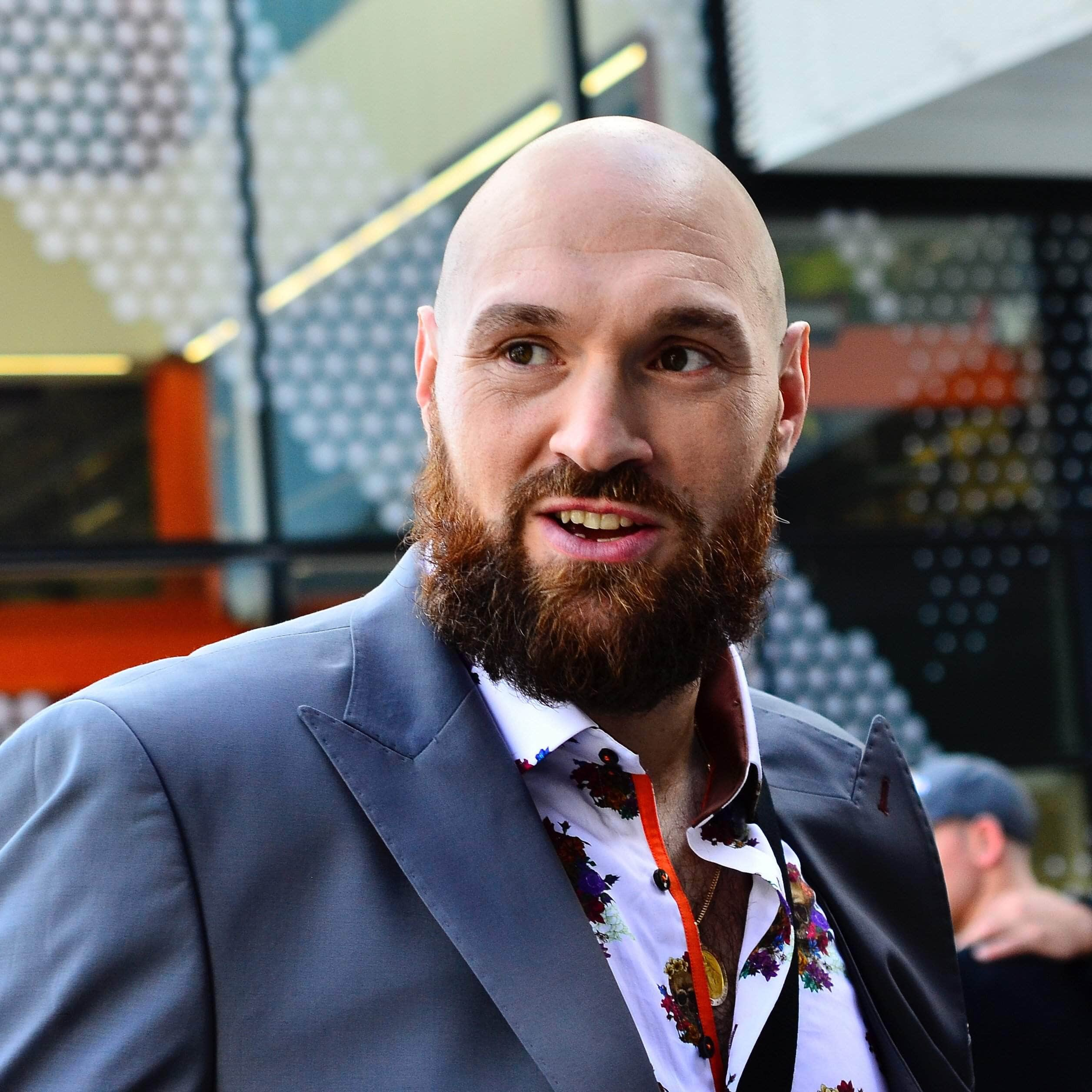

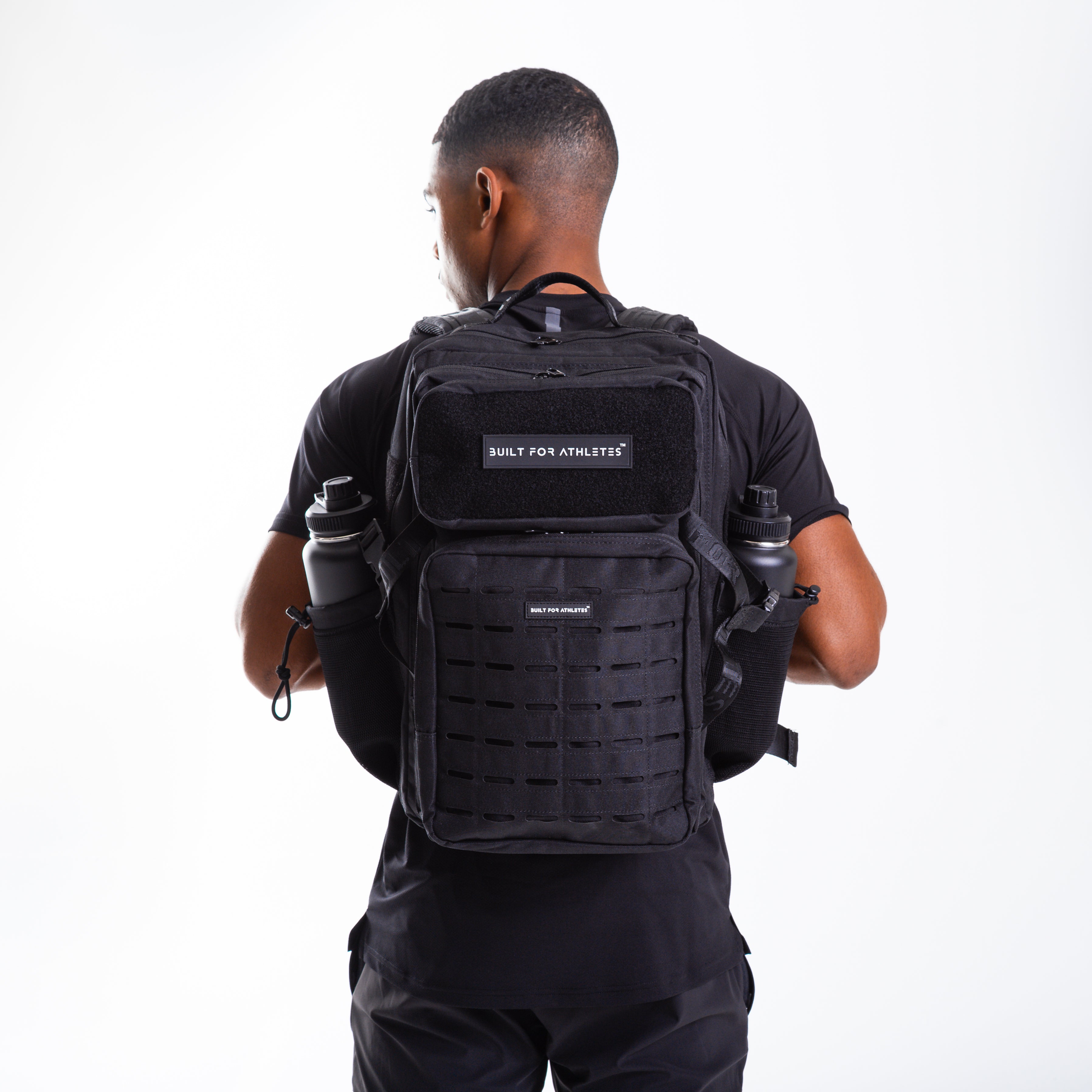

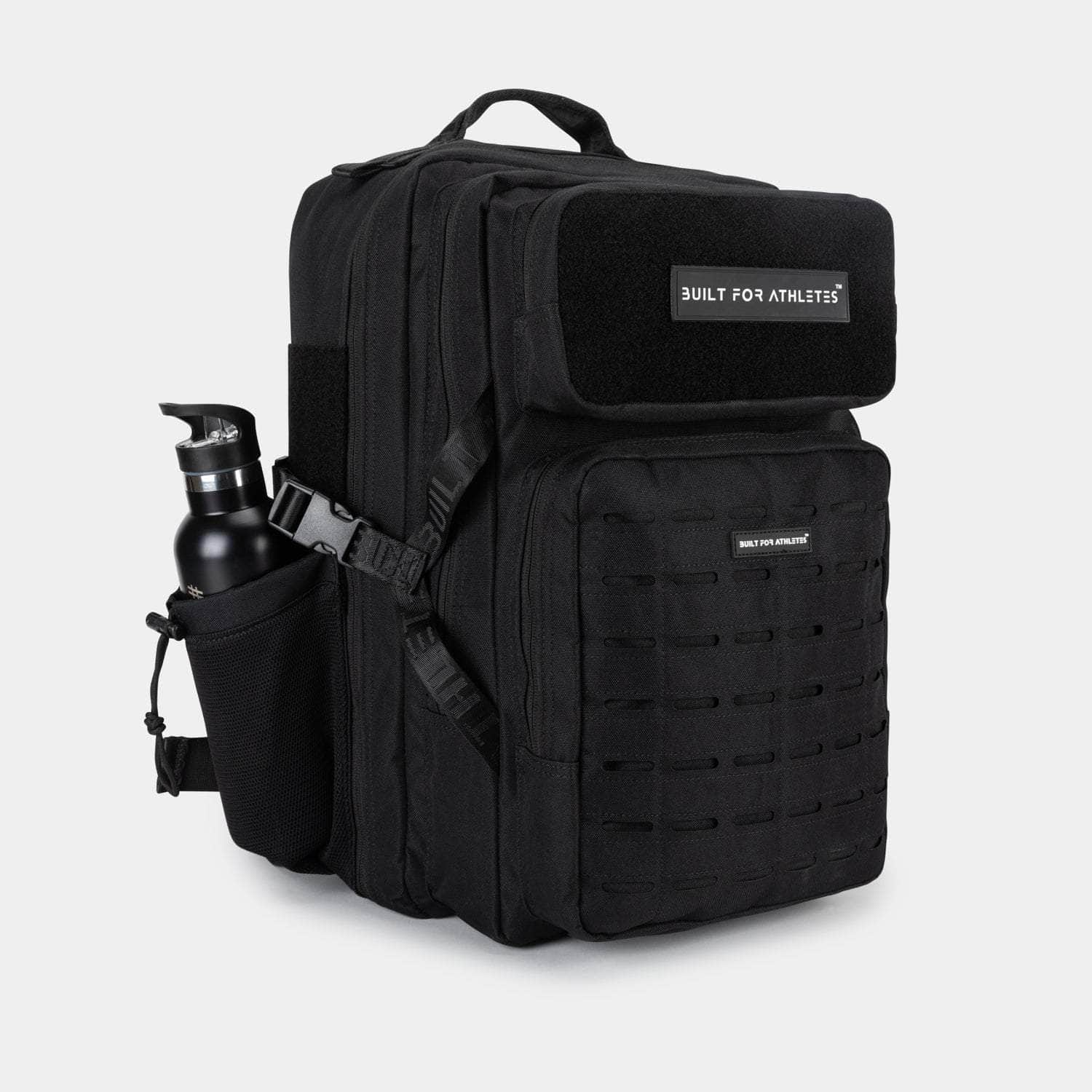







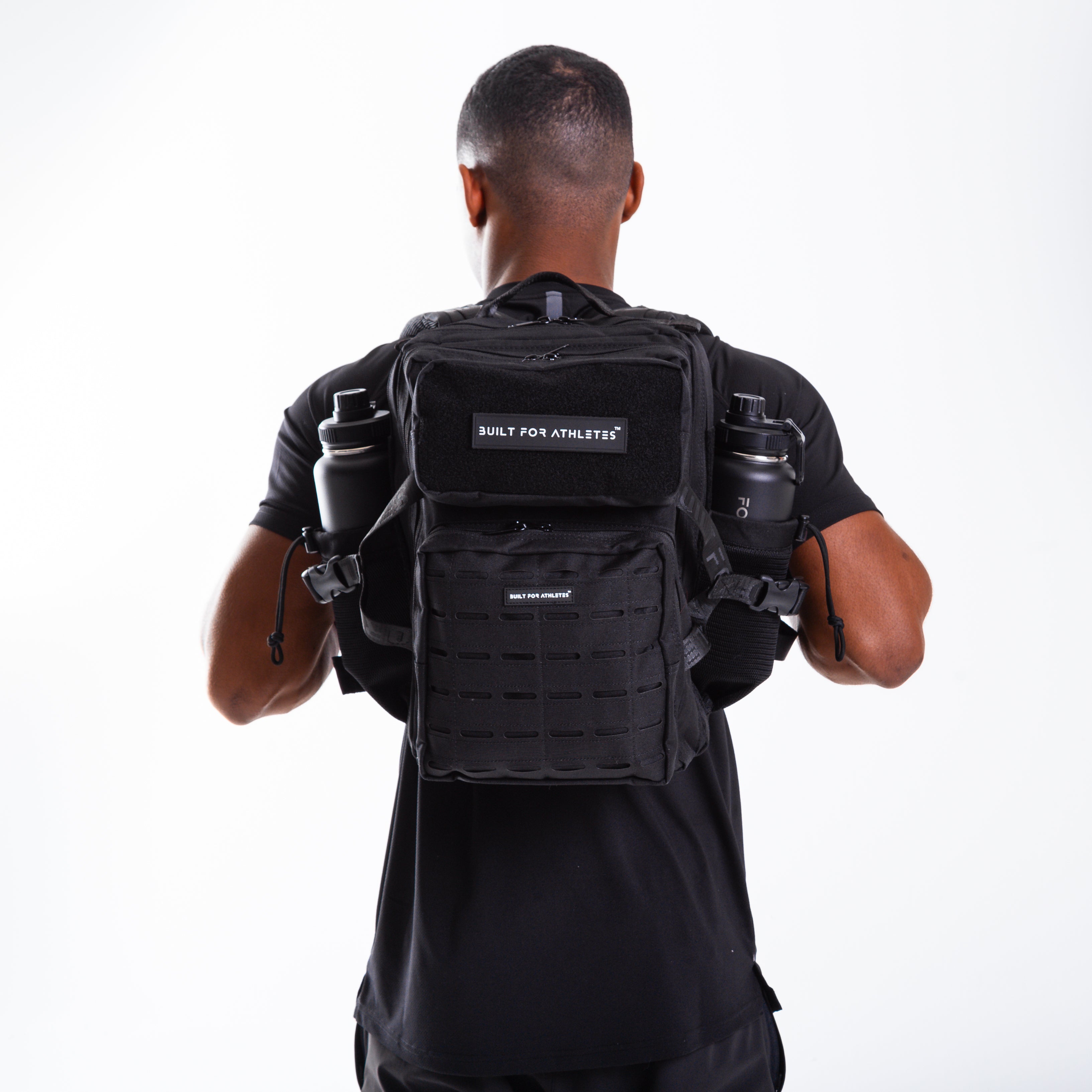
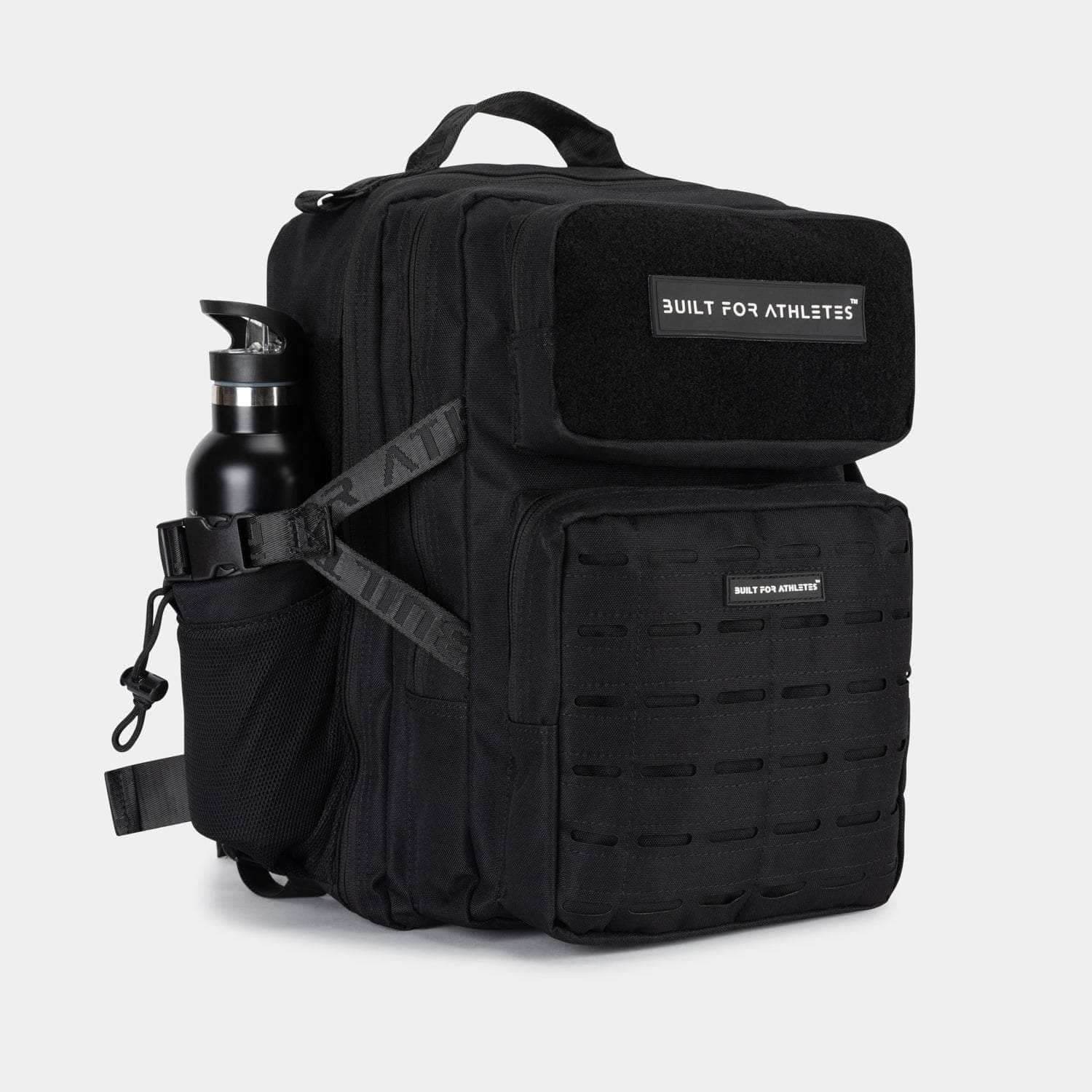




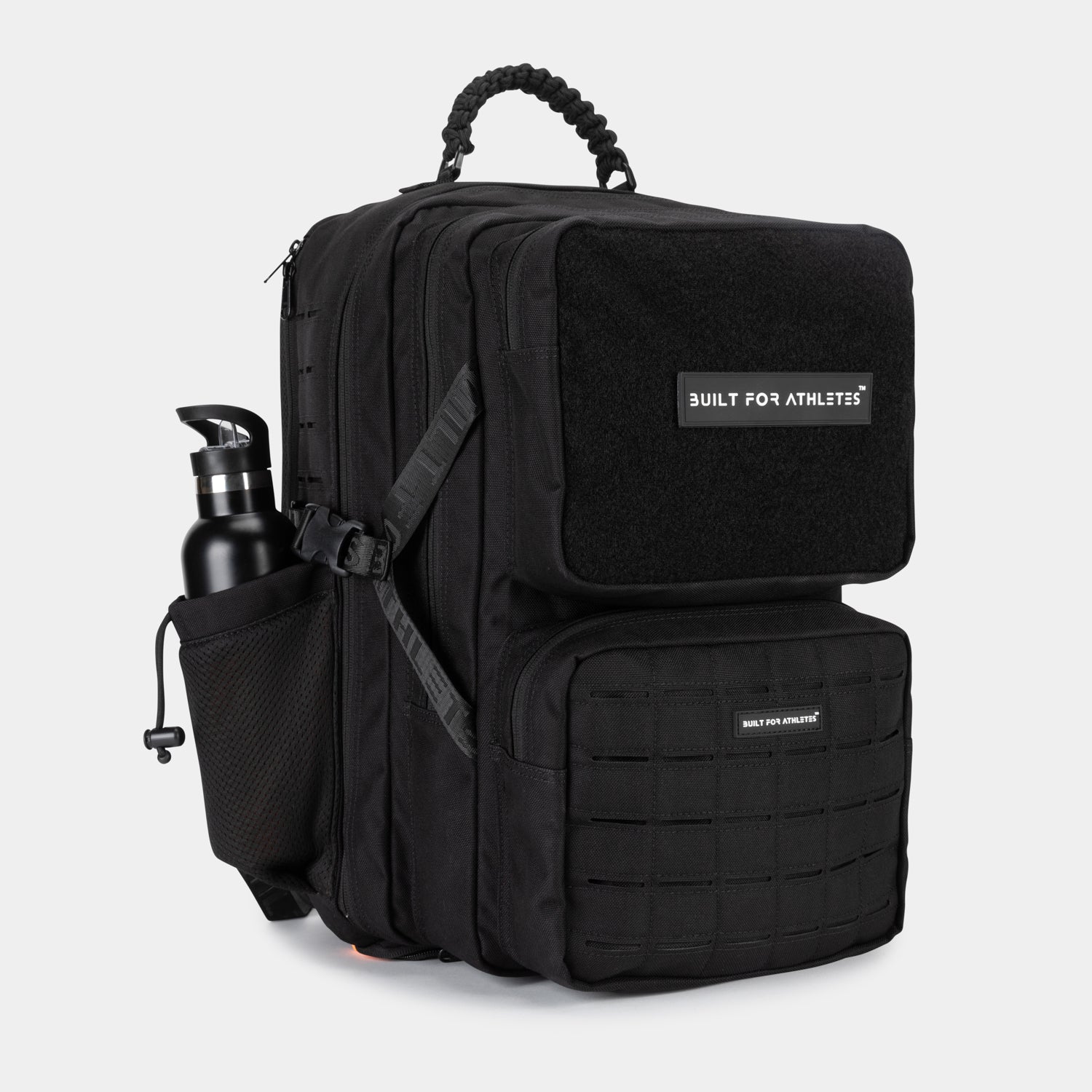










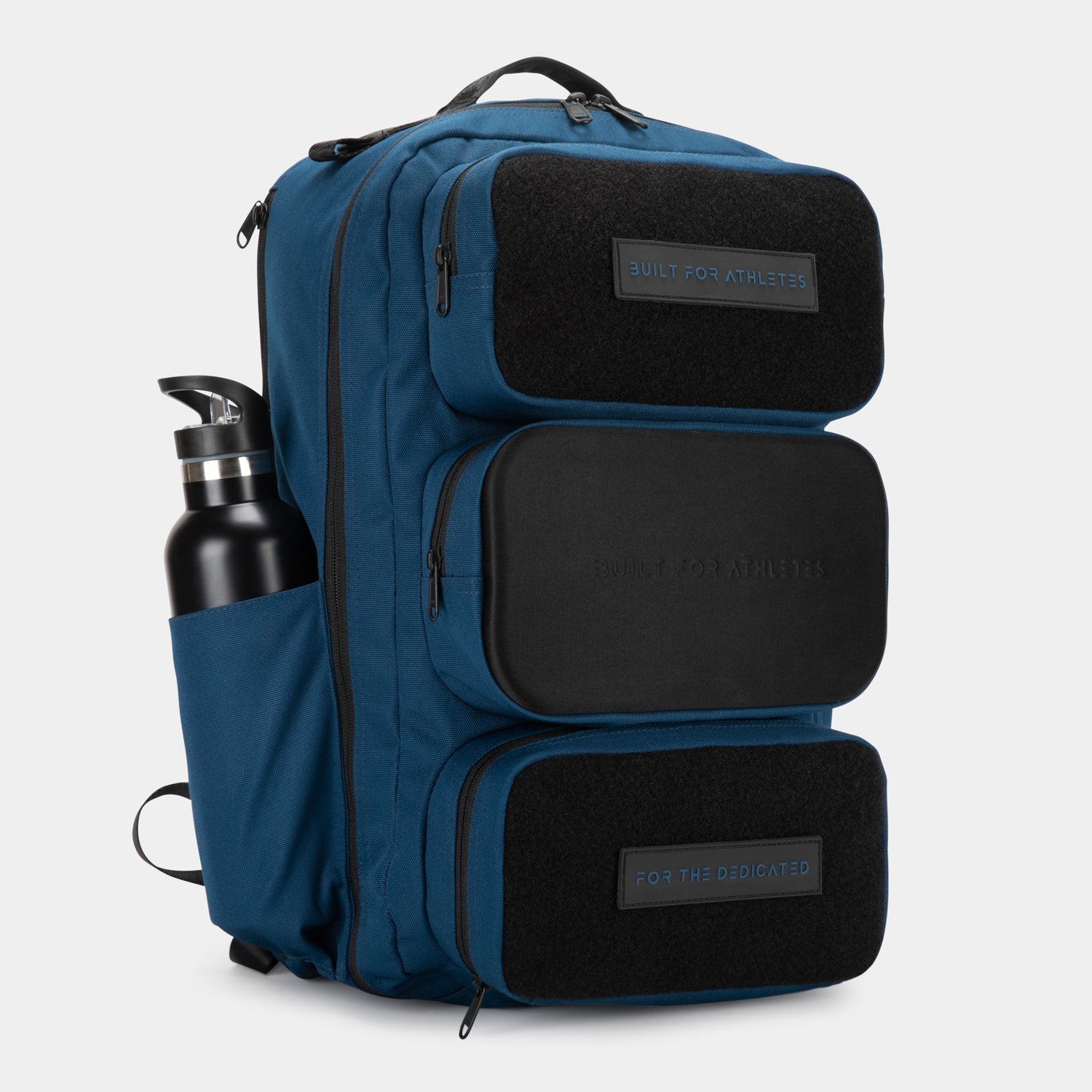















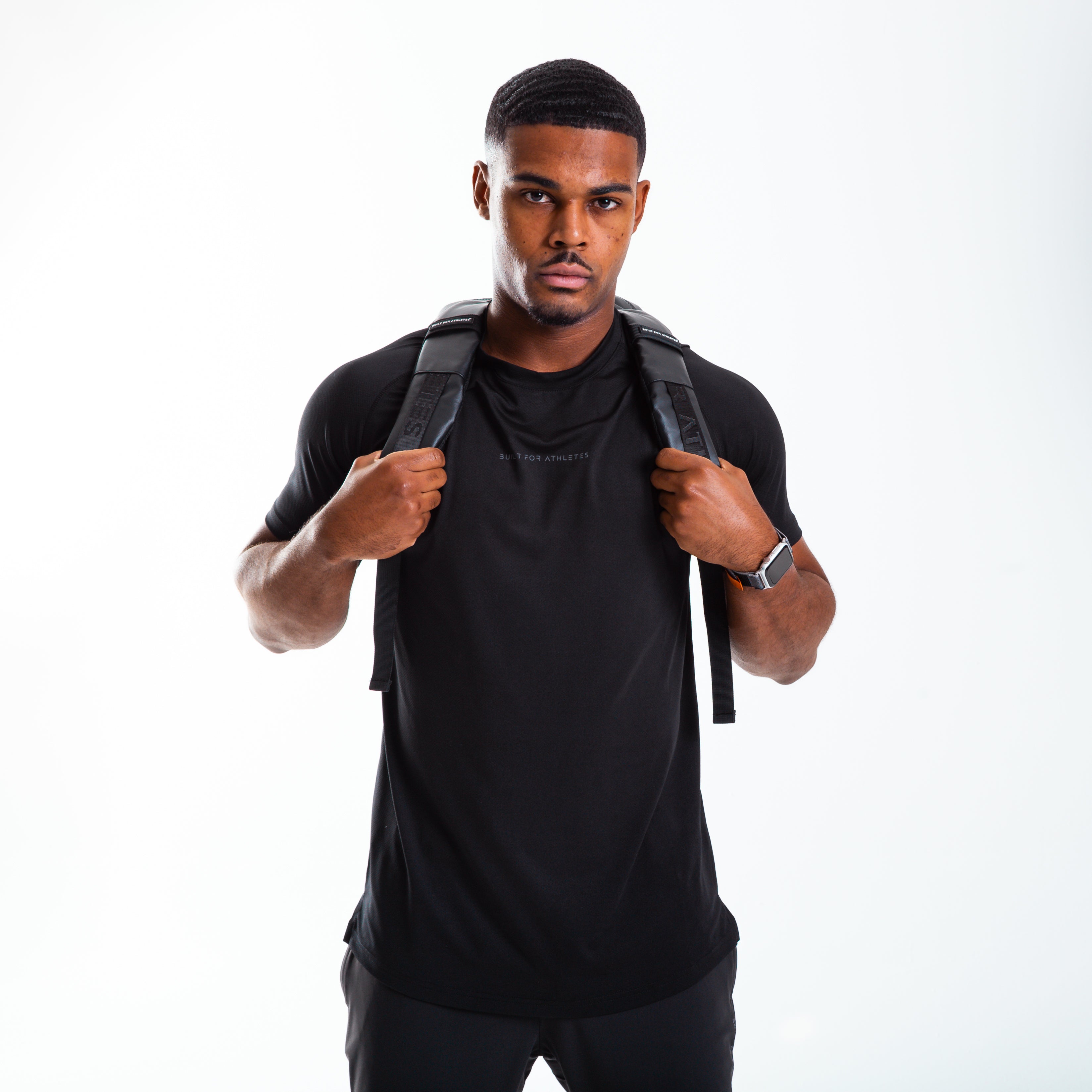



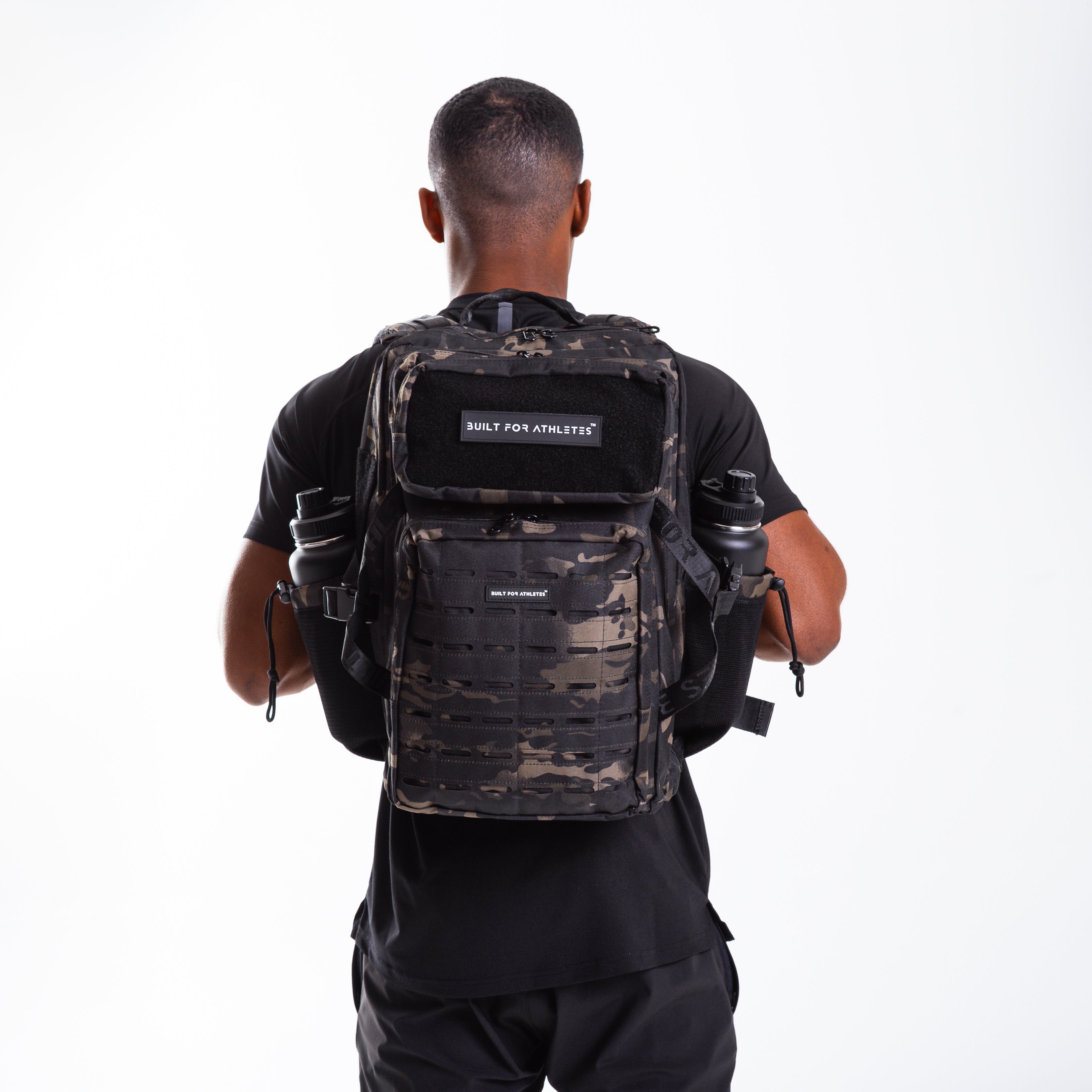


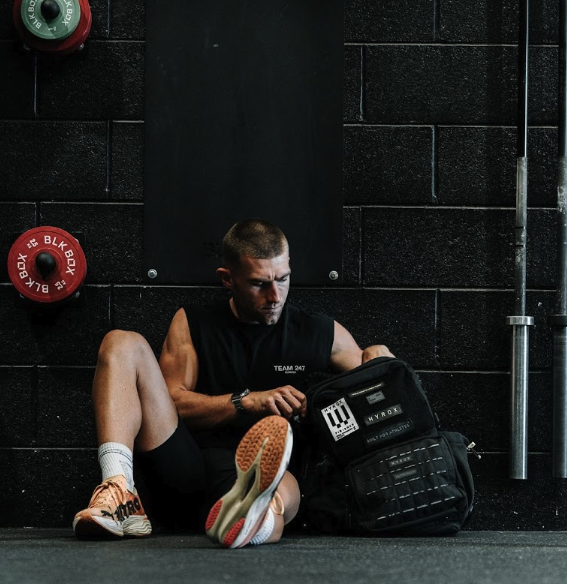
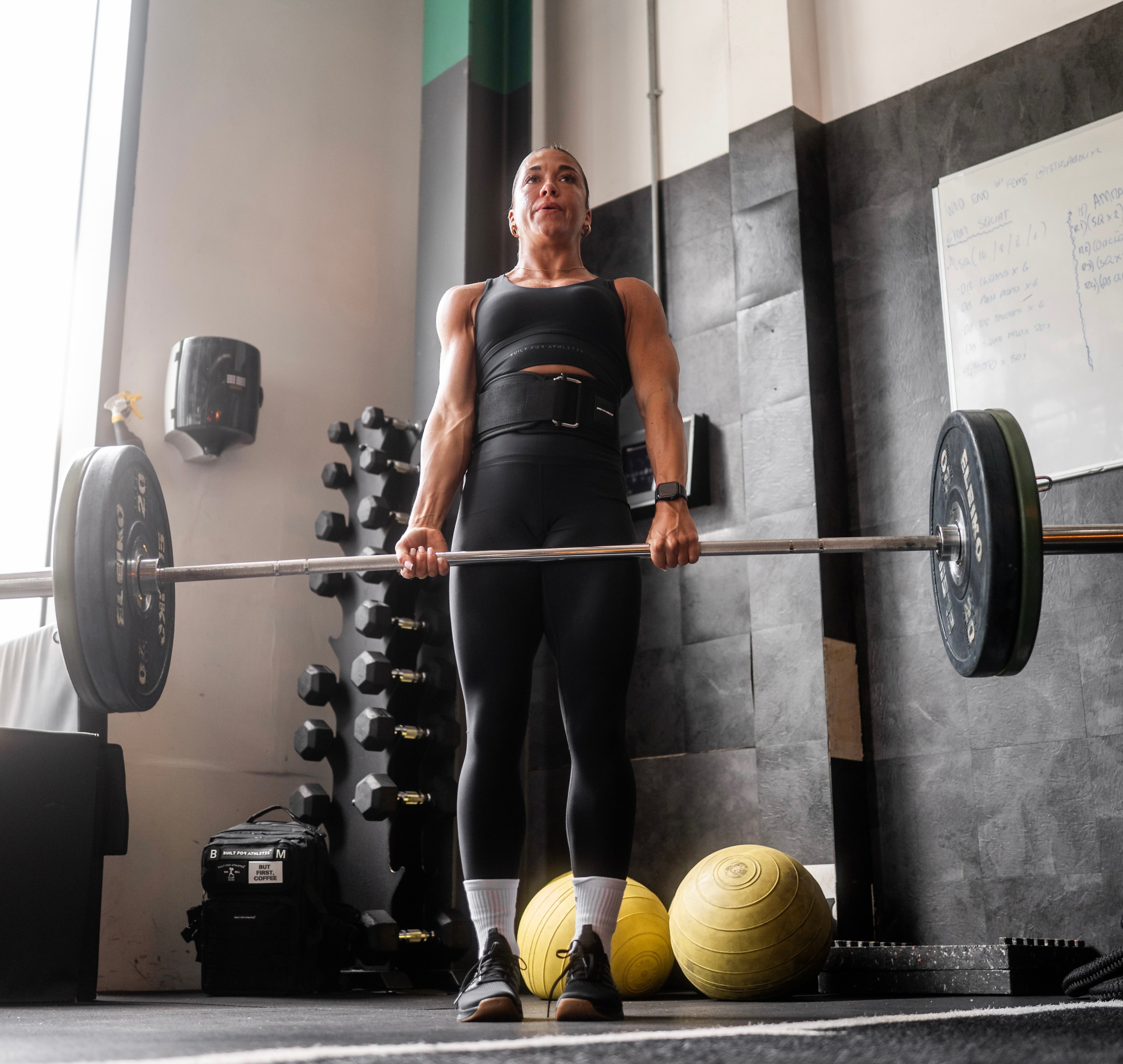
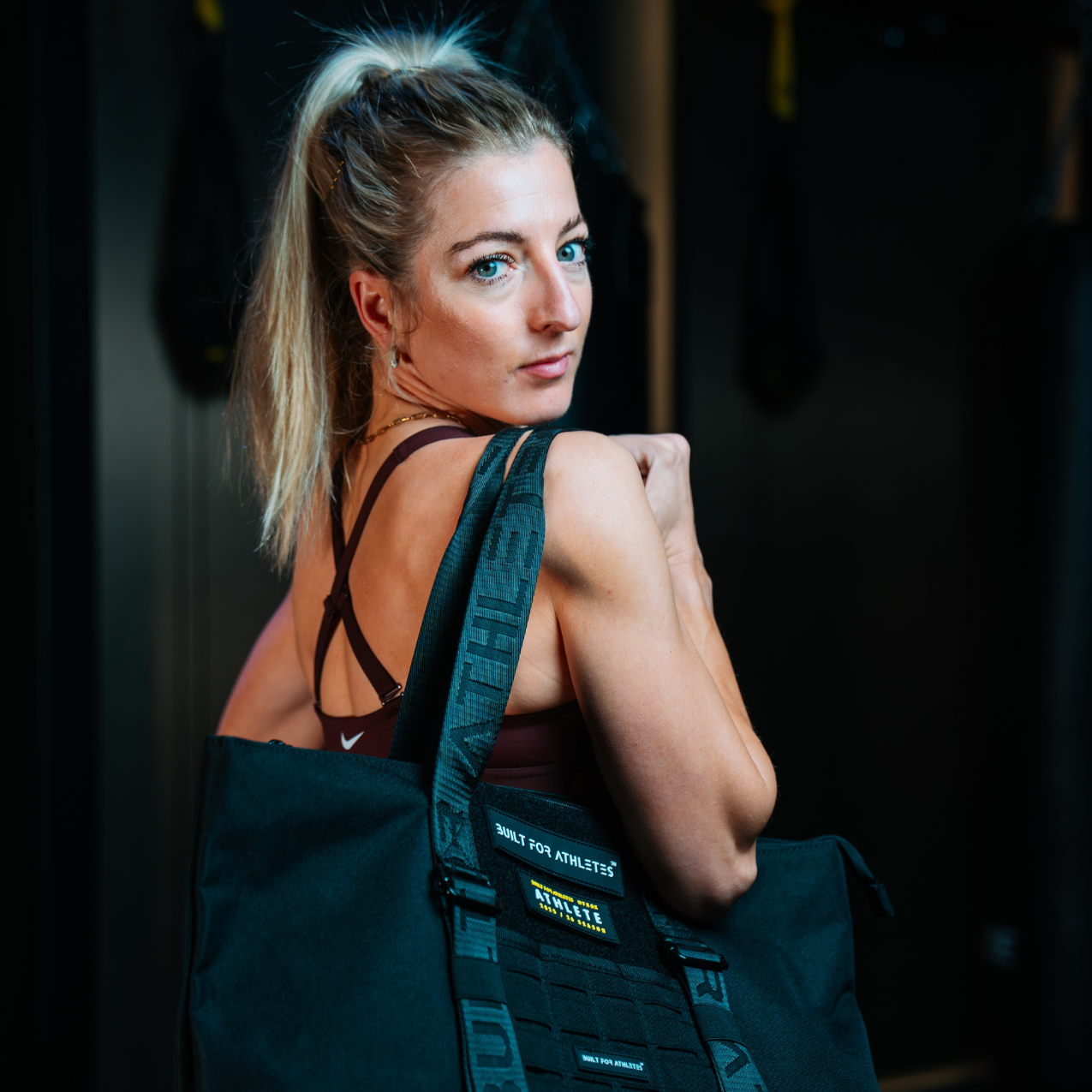
Share:
Q & A with Ben Haldon & Lucy Davis
CrossFit Open 20.1 Review